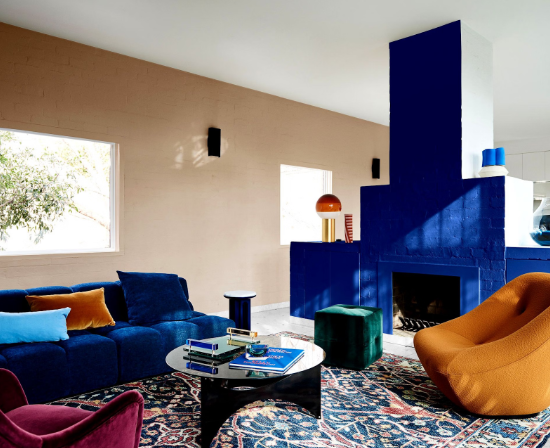
A clutter-free home isn’t just aesthetically pleasing—it also promotes a sense of calm, focus, and overall well-being. Adopting a minimalist living space helps you eliminate unnecessary distractions, simplify your surroundings, and create a peaceful environment that enhances productivity and relaxation. If you’re ready to embrace a minimalist lifestyle, here are some practical steps to declutter and transform your space.
1. Start with One Area at a Time
Decluttering an entire home can feel overwhelming, so begin with a small, manageable space. Whether it’s your bedroom, a closet, or a single drawer, focusing on one area at a time allows you to make steady progress without feeling discouraged. Once you complete one section, move on to another until your entire home reflects the simplicity and functionality of minimalism.
2. Adopt the “One-Year Rule”
A common decluttering principle is the “one-year rule”: if you haven’t used or worn an item in the past year, it’s time to let it go. Be honest with yourself about what you truly need and what’s simply taking up space. Donate, sell, or recycle items that no longer serve a purpose in your daily life.
3. Focus on Quality Over Quantity
Minimalism isn’t about getting rid of everything—it’s about keeping only what adds value to your life. Instead of owning multiple versions of the same item, invest in high-quality essentials that are durable, versatile, and timeless. This approach not only reduces clutter but also enhances the longevity and functionality of your possessions.
4. Maximize Storage Solutions
Effective storage plays a crucial role in maintaining a minimalist space. Use multi-functional furniture like storage ottomans, under-bed drawers, and wall-mounted shelves to keep essentials organized while maintaining a clean and open aesthetic. Clear storage bins and labeled compartments also help keep everything easily accessible without creating visual clutter.

5. Create a Daily Maintenance Habit
Decluttering isn’t a one-time event—it’s an ongoing process. Develop a habit of tidying up for just 10-15 minutes each day to maintain a clutter-free space. Simple routines like making your bed, putting items back in their designated spots, and sorting through mail immediately can prevent unnecessary buildup and keep your home in order.
6. Embrace a Minimalist Aesthetic
A minimalist space isn’t just about fewer belongings—it’s also about intentional design. Stick to a neutral color palette, simple furniture, and open spaces that promote tranquility. Incorporate natural elements like plants, wooden textures, or soft lighting to create a cozy yet uncluttered ambiance.

Final Thoughts
Creating a minimalist living space isn’t about deprivation—it’s about making room for what truly matters. By decluttering your home, prioritizing quality over quantity, and maintaining a mindful approach to organization, you can enjoy a more peaceful, functional, and visually appealing environment. Start small, stay consistent, and embrace the simplicity that minimalism brings.

















